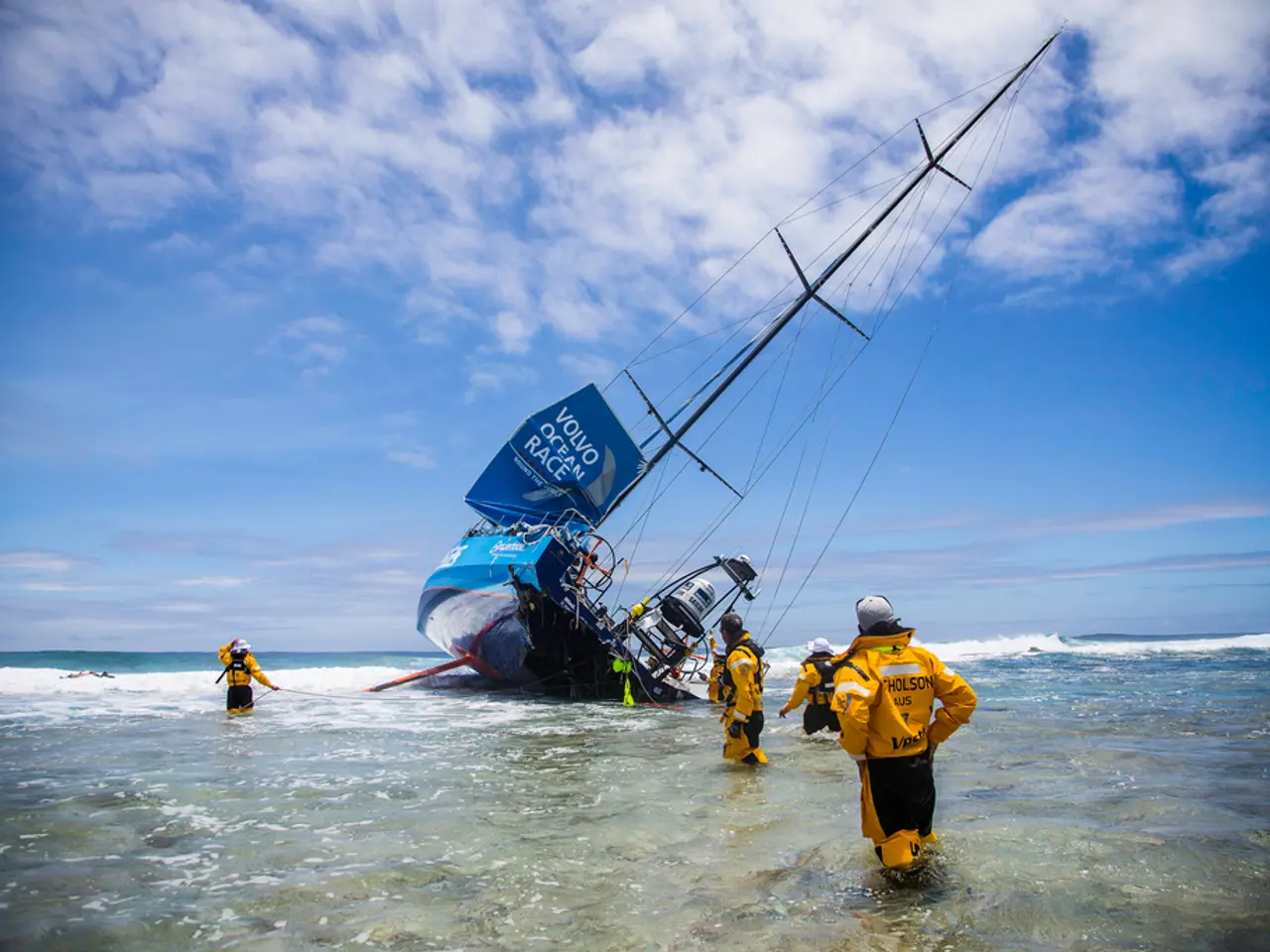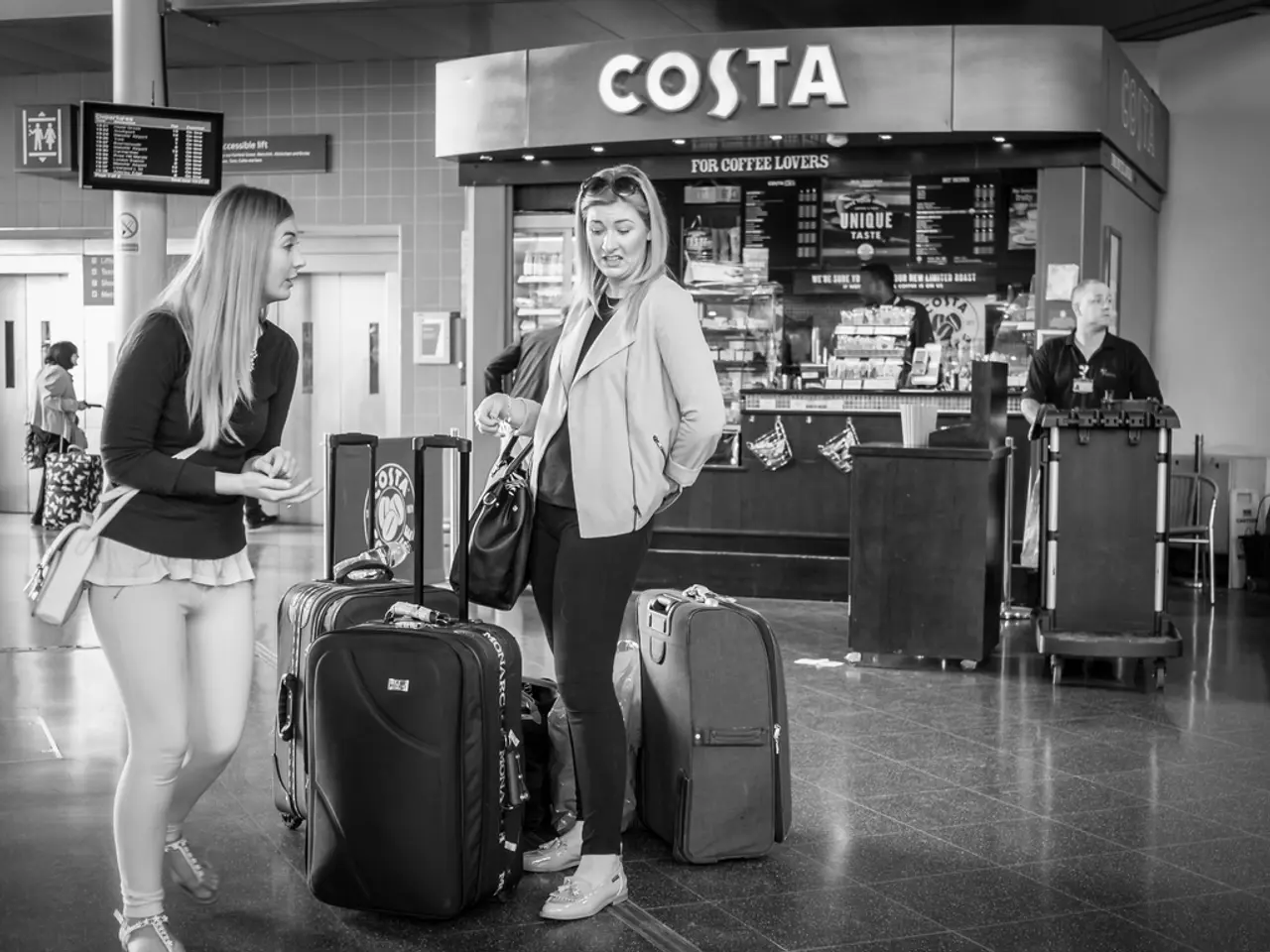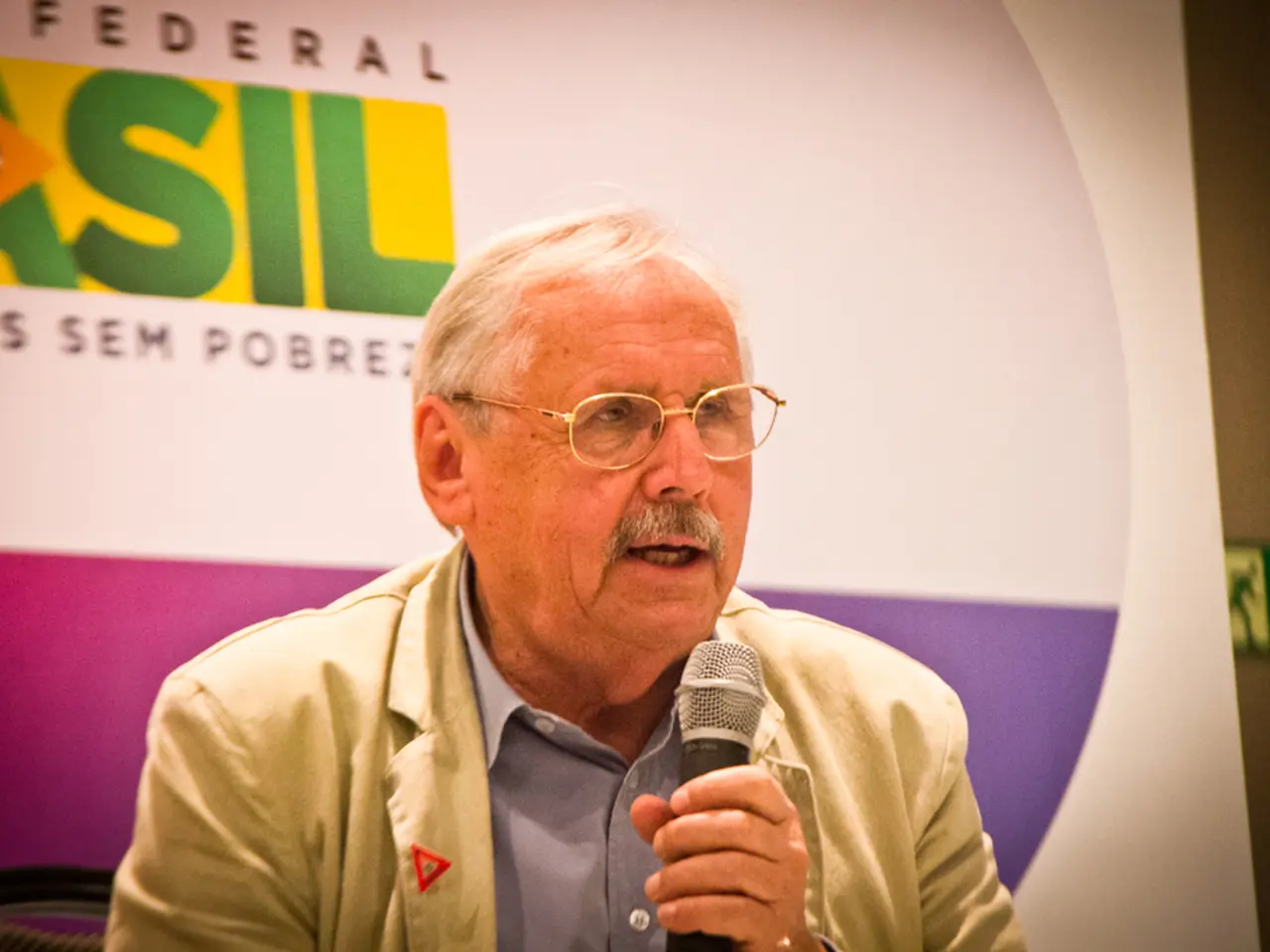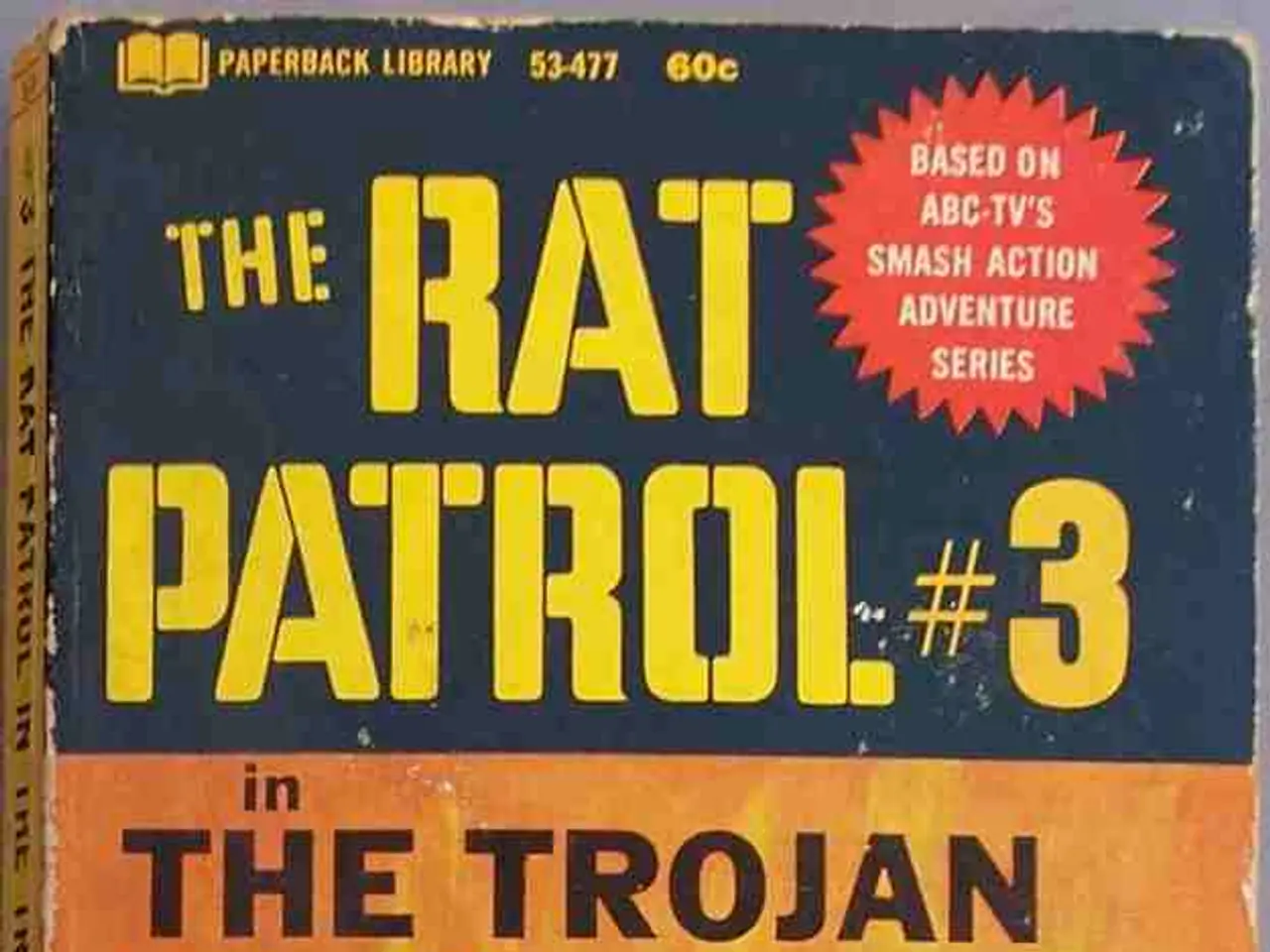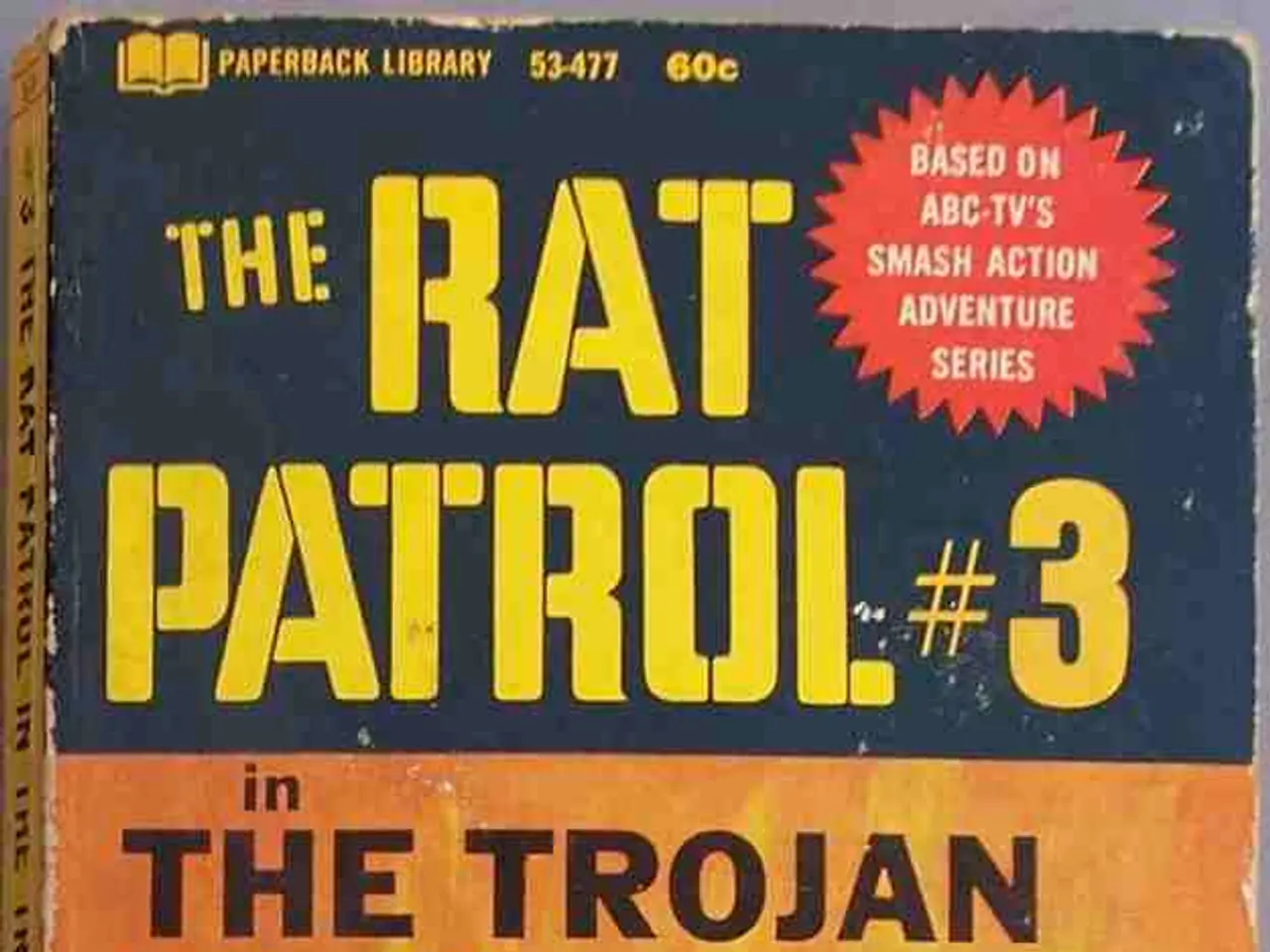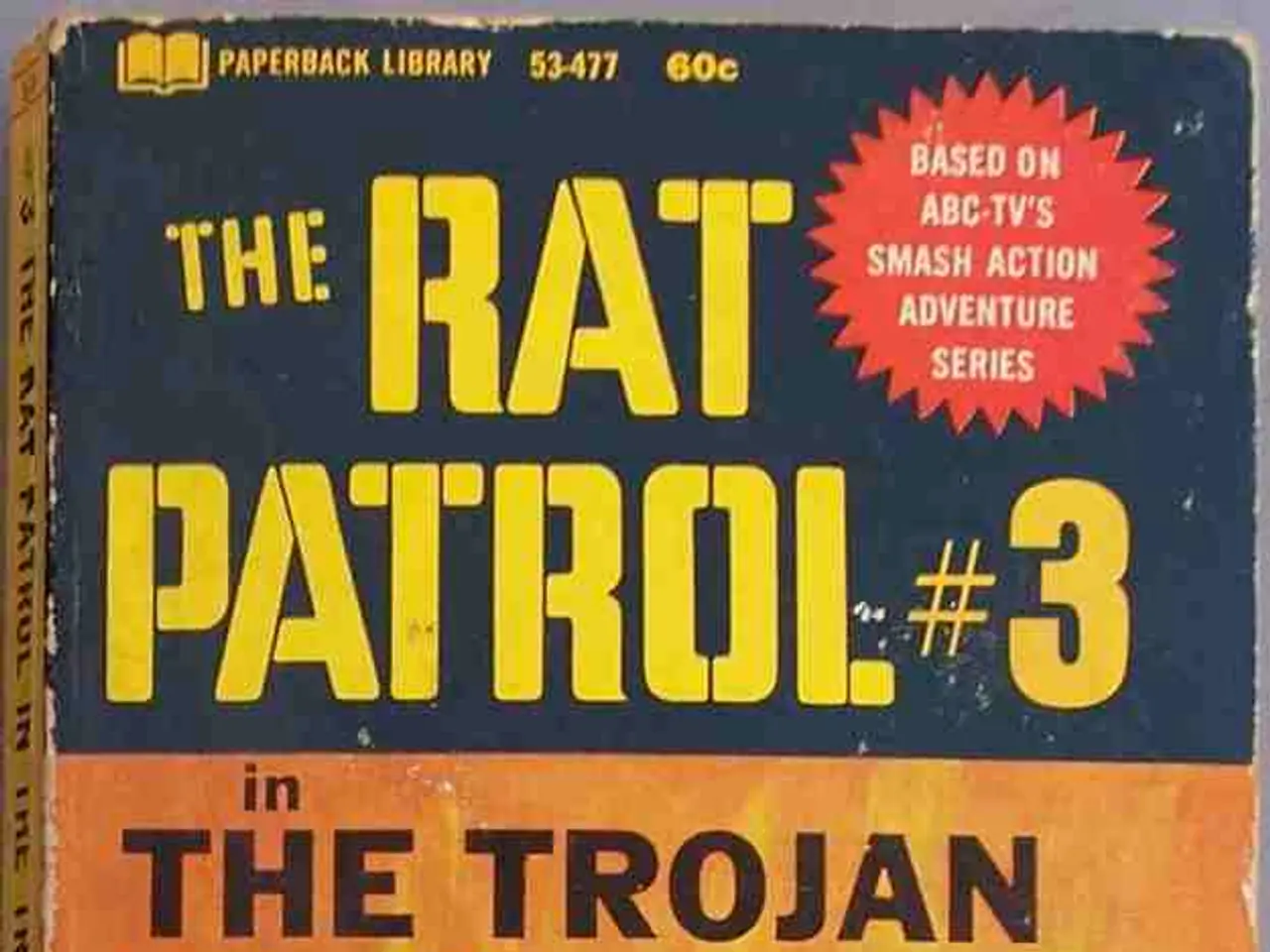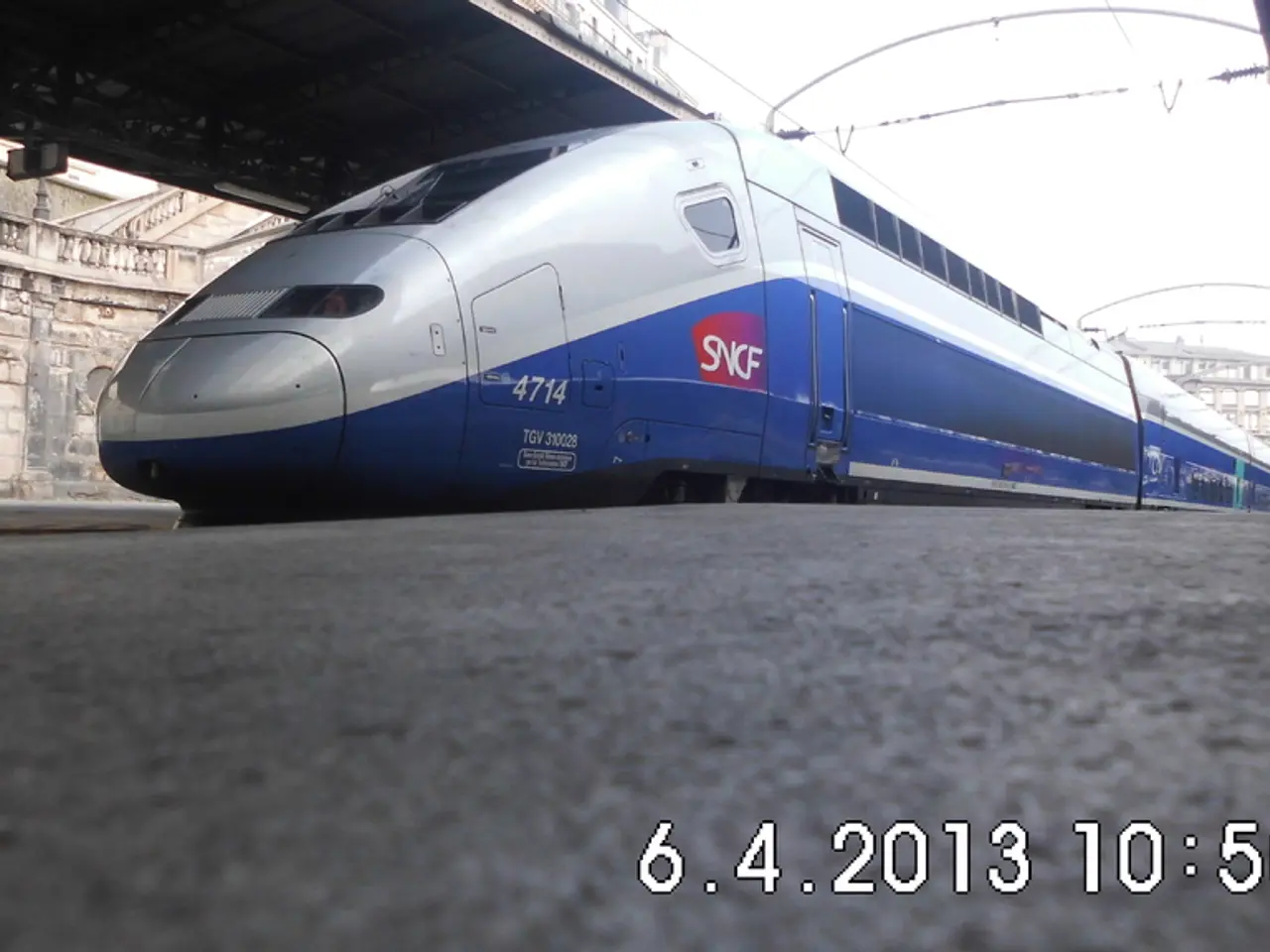Islands of Hawaii exhale a significant relief following the unsettling tsunami warning
In the heart of the Pacific Ocean, Hawaii stands as a vibrant hub, with 98% of its goods arriving by sea [1]. The crucial role of its ports became evident when a tsunami threat loomed following a powerful earthquake off Russia's Kamchatka Peninsula.
The earthquake, the sixth-strongest ever recorded, sent ripples across the ocean, resulting in tsunami alerts being issued across the Pacific [2]. The Pacific Tsunami Warning Center (PTWC), a vital organisation responsible for monitoring seismic activity and sea-level changes, sprang into action.
The PTWC's role is critical in early detection, rapid communication, and coordination to minimise loss of life and property during tsunami events [3]. During this event, the centre detected and located the earthquake, analysed its magnitude, location, and depth to assess tsunami risk [1].
Promptly, they issued tsunami alerts and warnings to vulnerable communities, providing information on the severity and expected arrival times of tsunami waves [1][3]. They also coordinated with regional and international bodies and local emergency authorities to ensure warnings were disseminated through multiple channels [1][3].
In Hawaii, the US Coast Guard was on high alert during the tsunami threat. Residents and tourists evacuated due to the alerts, with some missing the hasty departure of the Norwegian Cruise Line's Pride of America [4]. One such tourist was Jeffery Booker from Orlando.
Meanwhile, visitors like Jenny Massey from California stayed on the 28th floor of her hotel all night watching the evacuation. Others, like Doan Trang and her family from Dana Point, California, evacuated for nearly two hours before returning to the water after the advisory was lifted, exhausted but thankful [5].
Doan Trang, a surfer and mom, had waited out the tsunami advisory at a Vietnamese restaurant. She returned to the water after the advisory was lifted, exhausted but thankful [5]. Zi Glucksman, a college student from New York, stocked up on supplies with friends during the evacuation [6].
By Wednesday local time, the tsunami advisory was lifted for all Hawaiian Islands, and life began to return to normal. The beach was full again on Oahu, with tourists splashing in the surf and children building sandcastles [7]. Authorities, however, urged caution, warning that strong currents may linger [8].
Weeks later, Zi Glucksman reflected on his month in Hawaii, stating that the beach is full again [9]. The swift, strategic response led by Captain Nicholas Worst of Sector Honolulu, the US Coast Guard's move of cutters, boats, and aircraft out of the harbour, and the PTWC's diligent work ensured that Hawaii had weathered the tsunami.
The powerful earthquake off Russia's Kamchatka Peninsula, the sixth-strongest ever recorded, initiated a sequence of events that underscored the importance of both politics and general news. The Pacific Tsunami Warning Center (PTWC), a key organization in monitoring seismic activity, springing into action, exemplified the indispensable role of policymakers to coordinate, communicate, and mitigate risks on a global scale. Furthermore, the swift and strategic response from authorities, led by Captain Nicholas Worst of Sector Honolulu, demonstrated the significant impact of effective decision-making in the face of crises, potentially saving lives and minimizing property damage.
